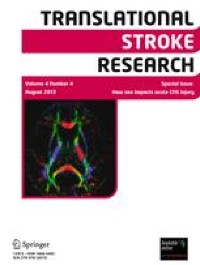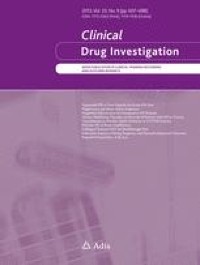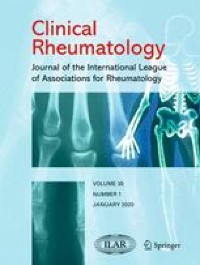Abstract
Objective
We aimed to investigate the relationship between high-sensitivity CRP (hs-CRP) levels and the knee osteoarthritis (KOA) status and whether high hs-CRP levels predict the progression of clinical KOA in community-dwelling people.
Methods
We enrolled 247 subjects (male, n = 99; female, n = 148) who participated in the "Yakumo study" at least twice from 2003 to 2008. The KOA was evaluated by knee X-ray using the knee osteoarthritis computer-aided diagnosis (KOACAD) measurement system to obtain the mJSW, the size of the osteophyte area (OPA), and femorotibial angle (FTA). The pain intensity of the knee joint was measured using a visual analog scale (VAS, 0–100). First, we performed a multiple regression analysis to assess the relationship between the initial hs-CRP and mJSW, OPA, FTA, and VAS. Second, we examined the correlated coefficients between the amount of change hs-CRP and radiographic progressions and VAS changes. Third, we divided into two groups. Group H elevated hs-CRP levels (> 0.1 mg/dl). We picked up the subject matched to Group H according to BMI, age, sex, and medial mJSW at baseline in a 1:1 ratio; these participants were classified as the control group (Group L). The Mann-Whitney U test was used to compare the demographic data between the two groups. P values of < 0.05 were considered to indicate statistical significance.
Results
The initial hs-CRP was a significant explanatory factor for mJSW and VAS change in multiple regression analysis. The change of VAS value negatively correlated with the change of hs-CRP. Besides, the change of hs-CRP did not correlate with the radiographical change. Among these subjects, 55 had elevated hs-CRP levels (> 0.1 mg/dl) (Group H). Among the 192 subjects whose hs-CRP levels were ≤ 0.1 mg/dl, 55 subjects were matched to patients in Group H according to the age, sex, BMI, and average minimum joint space width (mJSW) at baseline and were used as a control group (Group L). The narrowing of the medial mJSW and the amount of change in OPA in group H were significantly greater than group L. The amount of change in FTA and VAS scores did not differ between the two groups.
Conclusion
Hs-CRP levels would be significantly associated with the progression of knee osteoarthritis.
| Key Points • We investigated the relationship between hs-CRP levels and the progression and the pain of osteoarthritis knee. • We used a KOACAD system, which can measure the medial and lateral joint space narrowing, osteophyte, and femoral-tibia angle from plain radiographs automatically. • Hs-CRP levels were significantly associated with the progression of knee osteoarthritis. |








